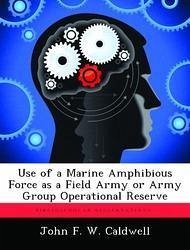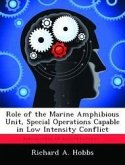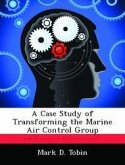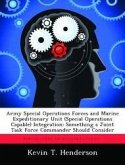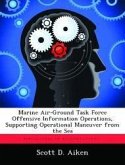The intent of this monograph is to analyze whether a Marine Amphibious Force (MAF) is suitable to function as an operational reserve for an echelon above corps (EAC) headquarters. In conducting this analysis the structure of a MAF is dissected to provide its composition and capabilities. A historical example is then studied to describe any synergistic effects the Marine air/ground team has on the enemy. Finally, the advantages and disadvantages of a MAF as an operational reserve are examined during both offensive and defensive operations. The author concludes that should a MAF be available for commitment to sustained ground combat its use as an operational reserve for an EAC commander is an excellent use of its fighting capabilities. Its employment could well mean the difference between defeat or victory during the early stages of a war. With much of a potential MAF already loaded and at sea the possibility of a MAF fighting ashore for sustained periods grows as the defense budget shrinks.
Hinweis: Dieser Artikel kann nur an eine deutsche Lieferadresse ausgeliefert werden.
Hinweis: Dieser Artikel kann nur an eine deutsche Lieferadresse ausgeliefert werden.

